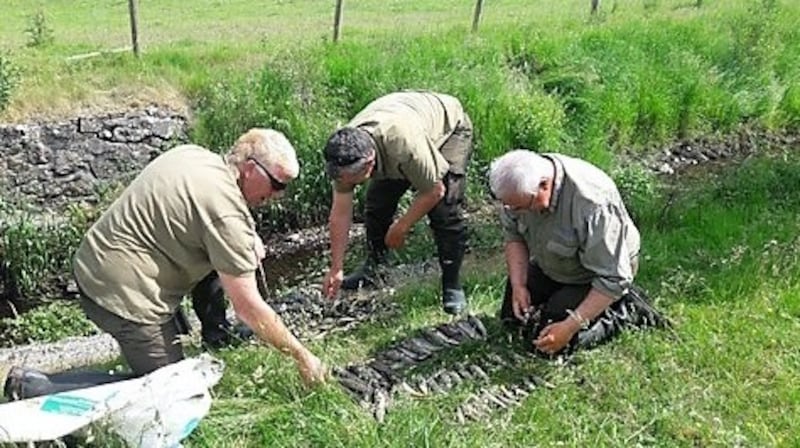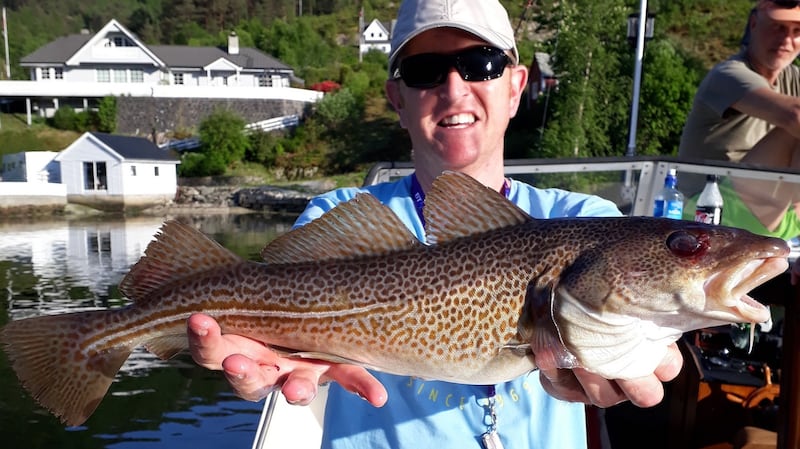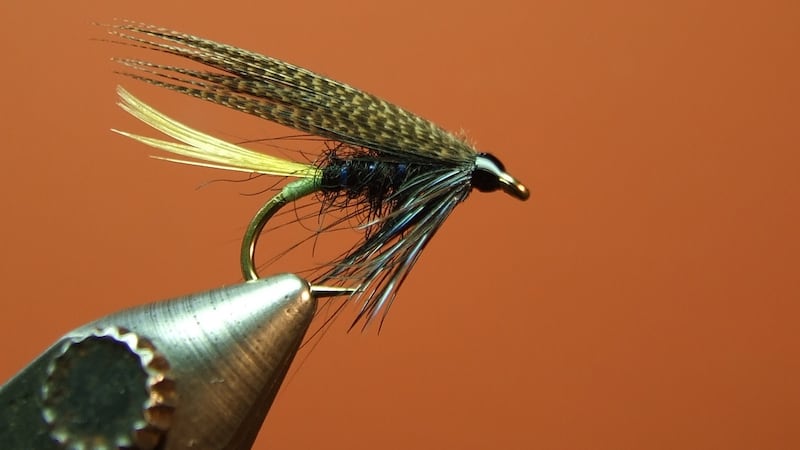AS part of the National Strategy for Angling Development (NSAD), the Salmon Conservation and Midland Fisheries Fund is now open for habitat restoration and conservation projects.
The NSAD aims to ensure that fish stocks and angling infrastructure are protected and enhanced to provide a sustainable habitat and delivering economic, health and recreational benefits to communities across Ireland. The fund is generated from the sale of salmon and sea-trout licences.
Applications may be made at https://ifi.smartsimple.ie/s_Login.jsp for projects that are ‘ready to go’, i.e. those with the necessary paperwork and permissions in place and can move to delivery following successful progression through evaluation and award stages.
Closing date for applications is 12th July 2018 and ‘ready to go’ projects should be timed to complete by end of September 2018.
Announcing the launch, Minister of State for Rural Affairs and Natural Resources Seán Kyne said: “As the fund is financed via a portion of licence sales for both salmon and sea trout, I asked IFI to develop a revised scheme that will include sea trout conservation projects and update the existing salmon-only scheme. As a first step to realising a full scheme for sea trout, this year’s fund is open to accepting a pilot sea trout project for the Waterville area.”
Costly new RIBs
In relation to last week’s article regarding the purchase of 12 new RIBs for €3.3million by Inland Fisheries Ireland as coastal and inland fisheries protection vessels, a bemused reader emails to say: “€3.3 million for 12 RIBs is it? If so, at €275,000 a boat they must be pretty spectacular RIBs or else I guess the good times are really back.”
He goes on: “We purchased a 6m vessel licenced for three persons, twin mercury 60s, all safety gear, for €39,000.”

Fish kill on Ballygowan River
Fisheries officers recently received a report from a member of the public in Claremorris, Co Mayo, regarding a fish kill on the Ballygowan River which flows into Lough Mask.
While investigations are ongoing, it is believed the fish kill was the result of effluent of agricultural origin. Local reports noted primarily wild brown trout in an agitated state in the river.
Over 1,000 wild brown trout from 0-4 years old have been removed dead and other mortalities included stone loach and crayfish. Given the extent of the damage it will take some years for the river to make a full recovery.
The tributary currently shows no sign of enrichment, and it is therefore probable that some polluting matter of a transient nature passed through and has since dissipated downstream.
IFI’s Greg Forde, said: “Water levels are at an all-time low and water temperatures are getting very high for trout and salmon. These factors combined can mean that a small amount of polluting matter can have devastating results. Extreme care should be taken when spreading slurry to avoid all water courses in order to protect our valuable natural rivers and streams.”
Sea angling picking up as water temperatures rise
Fishing on Corrib has been fairly quiet except for the early morning sport, but the sedge fishing is picking up now the weather has broken, according to fisheries inspector, Kevin Crowley. Mask has also been quiet but anglers are still enjoying good sport.
In Galway, grilse are finally running in good numbers, and fishing really improved last week. Meanwhile, sea angling is picking up as water temperatures rise, and John Fleming’s guests have been enjoying great sport on Galway Bay, Crowley said.

Marron’s idyllic trip to Norwegian fjords
Adrian Marron has recently returned from a trip to Norway fishing the fjords. For the past 15 years he has travelled to a small island called Lepsoy, situated 40km south of Bergan. Apart from the fishing side of things, he has a brother living there who is an artist having qualified in ceramic sculpture from the Limerick School of Art and Design in the late 1980s.
Together, they fished for three days in soaring temperatures, two in the fjord and final day in fresh water lakes.
“We use small tackle spinning rods and trout fly rods and the majority of the fish are pollock. But the size is the thing that makes it fun, up to 8kg!” he said.
To round off each day they stopped on a small uninhabited island and cooked their catch.
“Lunch on our final day was mackerel, pollock and wild brown trout. It sounds idyllic because it was!” he added.

Connemara and Black Vairant a winner
The Connemara and Black Variant is a great all-round pattern for brown trout and sea trout on both river and lough. “It’s one I always have in the fly box,” fly-tyer Jimmy Tyrrell, said.
Contact Jimmy at irishflycraft@gmail.com or 086-845 1257 to avail of the pattern.
angling@irishtimes.com.












